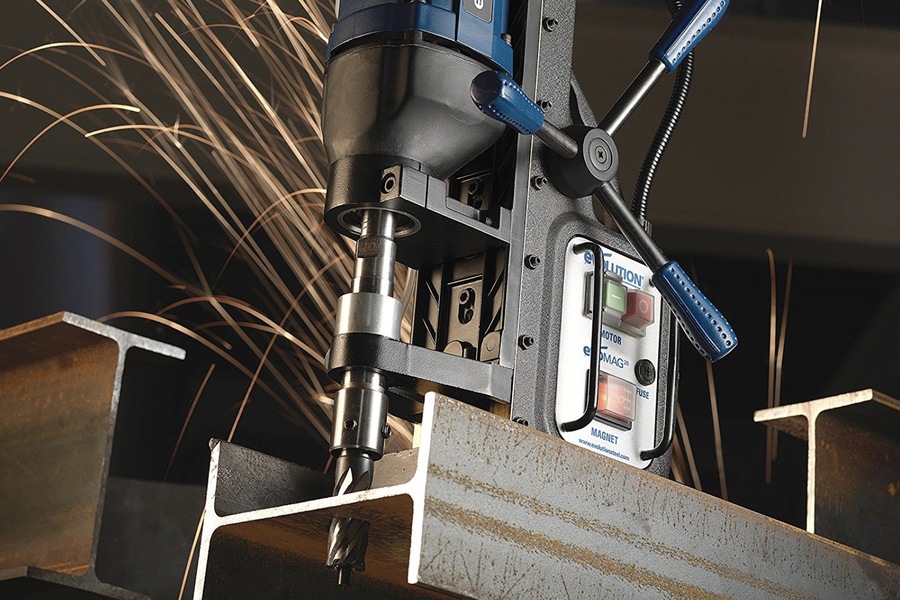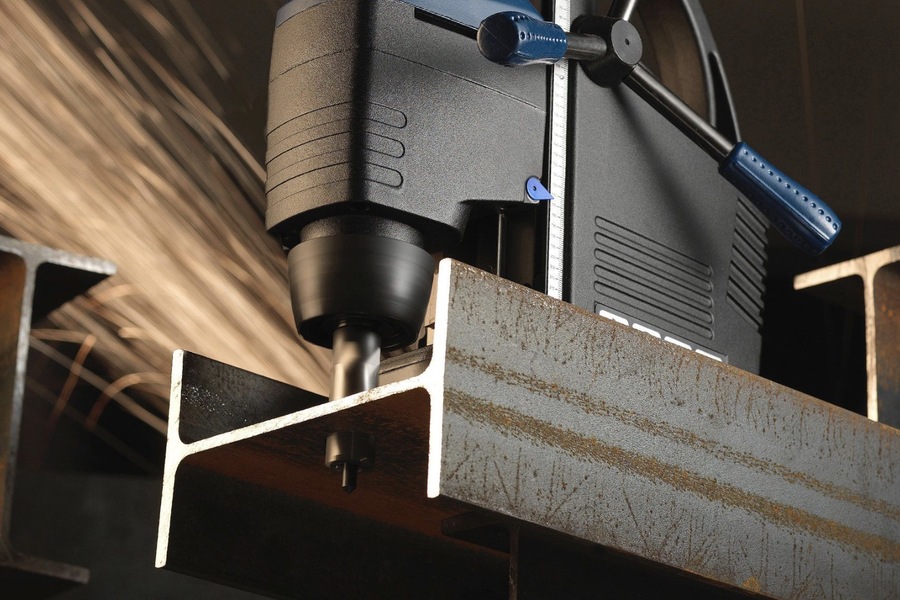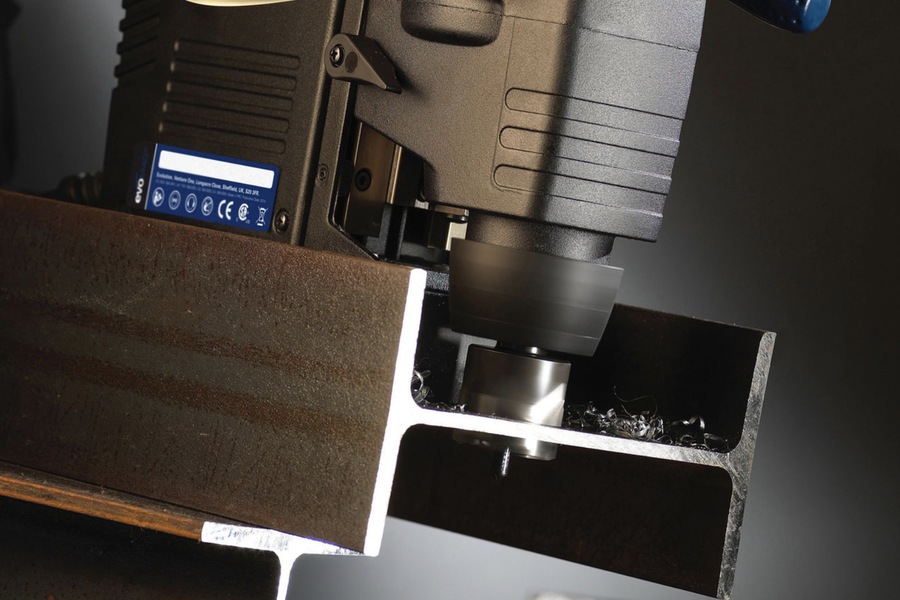In today’s world, where construction and installation tasks are a part of everyday life, the drill screwdriver has become indispensable. This versatile tool has evolved through millennia, from simple hand-powered mechanisms to sophisticated battery drill devices. Here’s a detailed look at its history, technological advancements, and the development that led to the modern drill.
Origins of the Drill: Bow Drills and Braces in Ancient Times
The earliest forms of drilling tools date back to ancient civilizations, with evidence found in Egypt, Mesopotamia, and even prehistoric Europe. Bow drills, which consisted of a bowstring wrapped around a drill bit, were among the first drilling tools. Users would move the bow back and forth, causing the bit to rotate and create a hole. This design allowed artisans to drill into wood, bone, and even soft stone. Archeological finds suggest that bow drills were used for various purposes, from woodworking to creating jewelry and decorations.
In ancient Egypt, bow drills became more sophisticated with the addition of materials like copper, which improved the tool’s ability to work on harder materials. By the Middle Ages, brace and bit tools began to appear. These hand-powered drills used a U-shaped brace to apply pressure, while the operator rotated the tool. Braces made drilling into wood and other materials easier, setting the stage for future innovations.
Early Electric Drill: George Green and Samuel White’s Innovations
The history of the electric drill began in 1868, thanks to George Green, a dentist with an inventive mind. Green experimented with an electric motor, combining it with a flexible shaft and a drill bit to create a device that could drill into teeth more efficiently than hand tools. This design was groundbreaking; it allowed dentists to perform procedures with increased speed and precision.
An American entrepreneur named Samuel White took note of Green’s innovation. By 1872, White’s company was producing electric-powered dental drills based on Green’s design. These drills, intended specifically for dental use, marked the first instances of powered drilling devices in a professional setting, demonstrating the practical benefits of electrified tools.

Wilhelm Fein and the Electric Drill’s Evolution
Until the late 19th century, electric drills were mostly confined to medical and dental use. However, in 1894, Wilhelm Fein, a German entrepreneur and tool manufacturer, became interested in improving electric drills. After observing the dental drills in a dentist’s office, Fein envisioned a device that could perform industrial tasks beyond the scope of dentistry.
By 1895, Fein had developed an electric drill without a flexible shaft, integrating a motor directly with the drill bit. This innovation created a more powerful and effective tool, capable of handling more demanding tasks. Fein’s model was large and required two hands to operate, but it laid the groundwork for the modern electric drill. His company soon began serial production of these electric drills, which quickly gained popularity in industrial settings.
Black & Decker’s Game-Changer: The Handheld Electric Drill
Fein’s design remained the standard for electric drills until 1916 when two American inventors, Alonzo Decker and Duncan Black, introduced a transformative new design. Inspired by Fein’s drill and the popular Colt pistol, Decker and Black created a drill with a pistol-like handle, a trigger switch, and a universal electric motor.
This new design was lightweight, portable, and easy to handle, making it accessible to a broader range of users. Black & Decker’s drill revolutionized the market by emphasizing user-friendliness and ergonomics. Their company became the first to manufacture these handheld electric drills, and by 1946, they had introduced a model designed for household use. This shift marked the first time an electric drill was marketed specifically to amateur craftsmen and homeowners, setting the standard for modern power tools.
Modern Drills and the Advent of Cordless Technology
In the latter half of the 20th century, electric drills continued to evolve with advancements in technology. New features were introduced, such as impact drilling for harder materials, reverse modes for screwing and unscrewing, speed control, and LED lighting for improved visibility. By the 1980s and 1990s, battery technology improved significantly, allowing for the introduction of cordless drills.
These cordless models quickly gained popularity due to their convenience and mobility, as they no longer depended on a direct power source. With lithium-ion batteries, cordless drills became lighter, more powerful, and longer-lasting, allowing users to work in areas without electricity. The cordless drill has since become a mainstay in construction, DIY, and repair work, enabling users to work efficiently in confined spaces.
Modern Drill Types and Functional Advancements
Today’s drills are sophisticated power tools with multiple functions and advanced capabilities:
Hammer Drills
These drills combine rotary motion with a hammering action, making it easier to drill into concrete, stone, and other hard materials. They are often used in construction and masonry.
Impact Drivers
Designed specifically for driving screws and fasteners, impact drivers use concussive force to drive screws with high torque, making them ideal for heavy-duty fastening.
Angle Drills
Angle drills have a compact, angled design that allows them to fit into tight or awkward spaces, ideal for plumbing and electrical work.
Brushless Drills
Equipped with brushless motors, these drills offer greater efficiency, longer battery life, and require less maintenance than brushed models.

Current Features and Accessories
Modern drills are equipped with a range of features that enhance usability and functionality. These include:
Torque Control
Allows the user to adjust the amount of force applied, which is helpful when working with different materials.
Variable Speed Control
Offers more precision and control, allowing users to adjust the speed based on the task at hand.
LED Lighting
Improves visibility in low-light conditions, making it easier to work in tight spaces or dimly lit areas.
Interchangeable Batteries
With many modern cordless drills, batteries are interchangeable between different tools, improving convenience and efficiency for users who own multiple power tools.
The Drill’s Role in Modern Life
Today, drills are an essential part of any toolkit, whether for professional construction or DIY projects. They have evolved from basic hand tools to versatile, high-tech devices capable of drilling, driving, mixing, and even cutting. With continued advancements in battery technology and smart features, the drill is likely to become even more efficient, user-friendly, and accessible.
Conclusion
The drill’s journey from the ancient bow drill to the advanced cordless models we see today reflects centuries of innovation and adaptation. Each stage of its evolution has expanded its use, from the dental drills of the 19th century to the all-purpose power tools available now. Whether used by craftsmen, construction workers, or DIY enthusiasts, modern drills embody a rich history of design and functionality, showcasing the continuous push toward efficiency, precision, and accessibility in the tools we use every day.
Skydiver, feminist, band member, Mad Men fan and holistic designer. Acting at the crossroads of modernism and intellectual purity to craft delightful brand experiences. Let’s design a world that’s thoughtful, considered and aesthetically pleasing.
